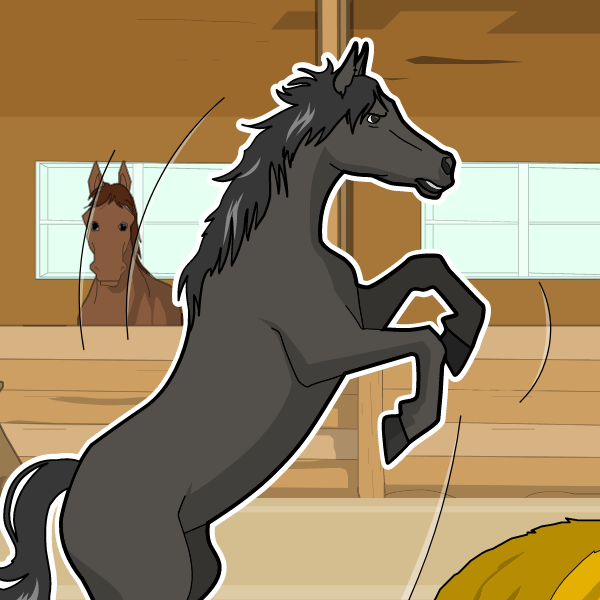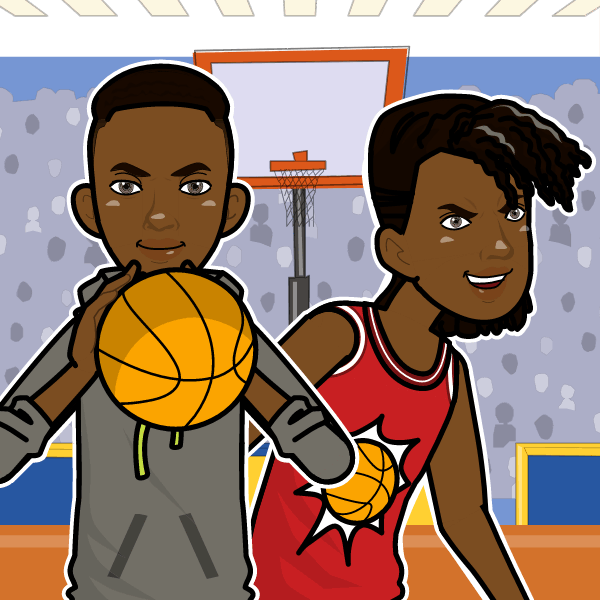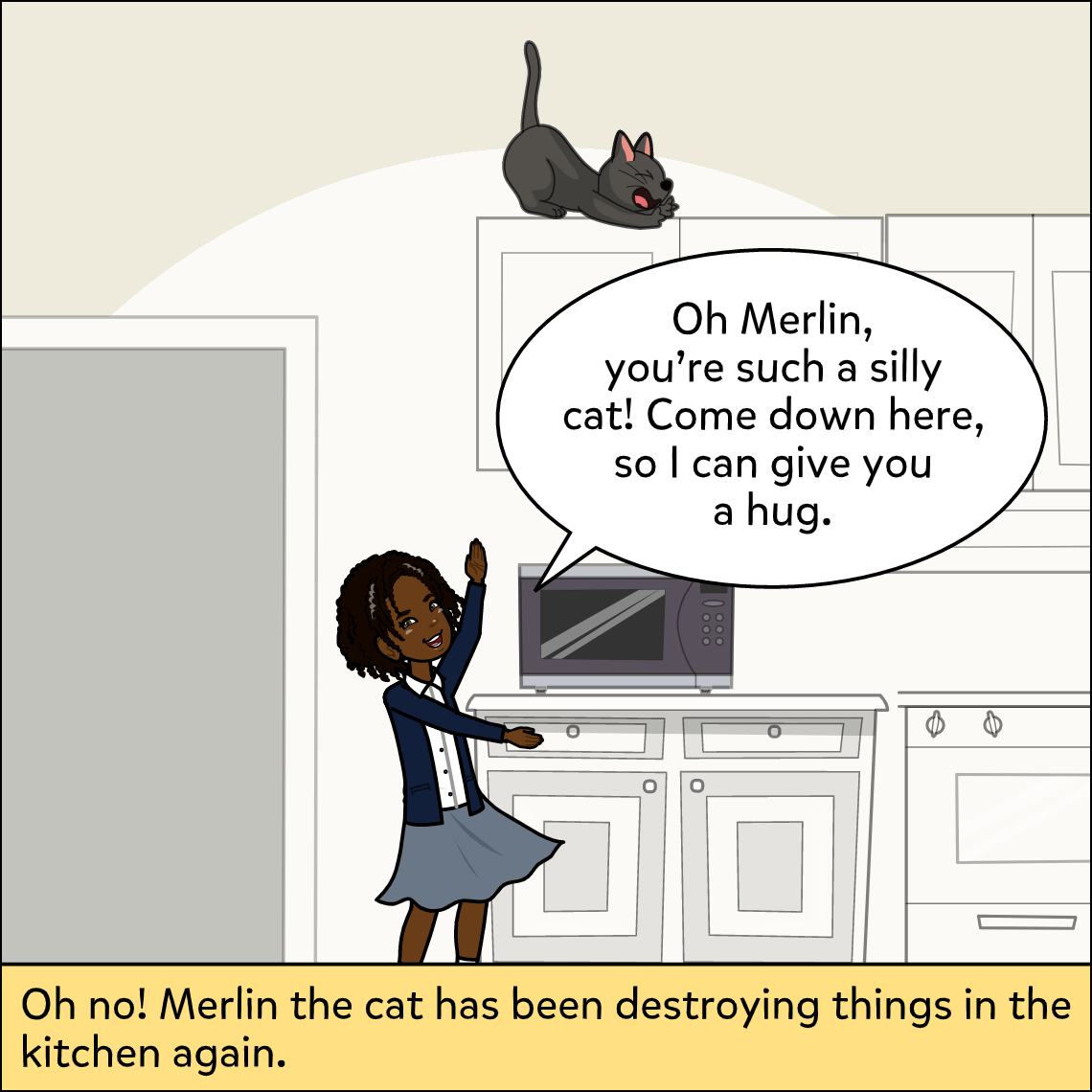Subject: ELA (English Language Arts); ESL/ELL (English Language Learning)
Lesson Length: 30 - 45 mins
Topic: Positive and Negative Events in Narratives
Grade Level: 4, 5, 6
Standards / Framework:
Brief Description: Students will analyze a familiar narrative and explain positive and negative effects of events within the text.
Know Before You Start: The lesson is based on the text Bud, Not Buddy by Christopher Paul Curtis but could be adapted for any text. Use this lesson in the middle, or after finishing the text.
Hook:
-
Ask students to list some positive and negative things that happen throughout the day, e.g., got the last chocolate milk at breakfast, extra recess, missed the bus, tripped and fell.
-
Ask students how those things affected them.
-
Display the book. Discuss what positive or negative things have happened to Bud so far in the text. Make a T-Chart with students using visuals (+/-) to reinforce understanding.
Activity:
-
Read and discuss the sample comic. How did these events impact Bud? How did these events change the plot of the story?
-
Using the T-chart completed earlier, have students think of how each positive and negative event affected the plot. Examples Include:
-
One negative experience was when the Amoses locked Bud in a shed. This was a negative experience for him because he was scared and lonely. This experience changed the plot because it made him run away. If he did not run away, he would have never gone to Grand Rapids, Michigan.
-
A positive experience Bud had in the story was when he met Deza Malone. She showed Bud that she cared for him and it made him feel happy. This event changed the plot because it caused Bud to open up to other people about his past.
-
-
Using the sample comic as a guide, have students create a comic that shows at least one negative and one positive experience from the text. Encourage students to explain why the event was negative or positive and how it affected the plot.
Closure:
- Have students share their comics with a partner or whole class.
- Display the comics on a bulletin board to reinforce the lesson.
Differentiation:
- Allow students to use the speech-to-text feature.
- Allow students to use the voiceover feature to read their comics aloud.
Suggested Content:
 Bud Not Buddy
Bud Not Buddy
 The Black Stallion
The Black Stallion
 The Crossover
The Crossover
 Where The Red Fern Grows
Where The Red Fern Grows


